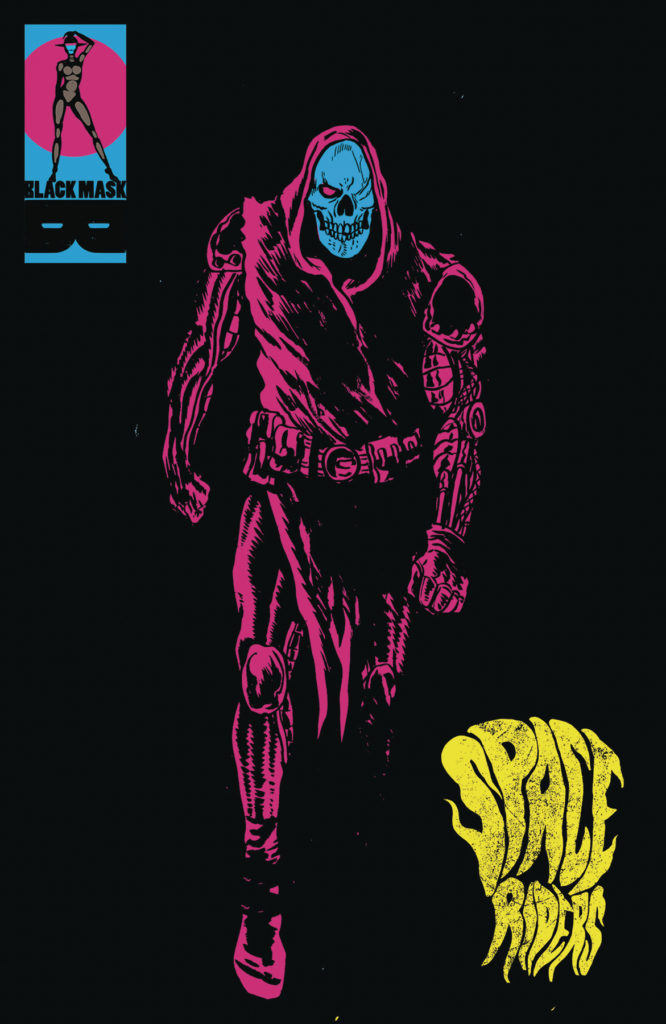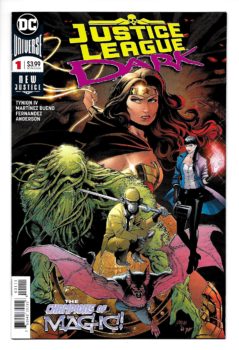Lettering is one of the most crucial elements of the comic book creation process, and an art in and of itself as well. Erica Schultz (Batman: Odyssey, The New Avengers) will be teaching our Introduction to Lettering course beginning on June 4.
Aspiring comic book letterers, editors, writers, producers, and artists are encouraged to sign up and learn all about fonts, placement, and all the factors that go into making a comic an enjoyable reading experience. Erica pulls from her experience with Marvel, DC, Dark Horse, and more – as well as her knowledge of editing and publishing – for a comprehensive overview of the basics. By the end, you’ll be able to letter your own 8-page comic!
We spoke to Erica briefly about the upcoming class.
Comics Experience: What excites you the most about this upcoming lettering course? What are some especially exciting topics students can expect from the course?
Erica Schultz: I’m excited to teach this because lettering is often an overlooked part of comic creating, and that’s really sad. Comics, not unlike a lot of television series, is collaborative. Unless you’re the writer, artist, colorist, letterer (which there are some people that do it all), you have to rely on others to make the finished product.
Also, lettering is very easy to do badly. You have phenomenal writers, artists, and colorists that are incredible at their specific spoke on the comics wheel, but lettering can sink a good book so easily. I’ve stopped reading stories because of bad lettering, and that’s a sad thing. Lettering is as integral to the comic as any other piece of the puzzle.
In terms of exciting topics, I hope to show the students that there are different styles for lettering and how you can break every rule but two of them (but you’ll have to take the class to find out which ones).
CE: What’s a piece of advice you wish you had gotten when you first started lettering? What are some of the most common myths about comic book lettering that students should know?
ES: Definitely check for overprint issues. If that doesn’t make sense to you, take the class and I’ll tell you all about it.
A myth about comic book lettering is that anyone can do it. Sure, anyone can do it badly, like I said before, but not anyone can do it. There’s a flow to it that gets easier and more intuitive the longer you do it. Good lettering should fly under the radar. Nothing should jump out at you. Good lettering is like good make up. You shouldn’t LOOK like you’re wearing it… unless you’re Ziggy Stardust, and then you can do whatever you want because you’re a God.
Also, the industry-standard program for lettering is Adobe Illustrator. I know there are other vector-based programs coming out, but I don’t know if they’ll ever overtake Illustrator… though they said that about Quark back in the 90s, so who knows.
CE: How has your experience as a writer, editor, and publisher informed your lettering work, if at all? Are there any interesting overlaps that people might not realize?
ES: Having worked in all aspects of comics has helped inform me in whatever comics hat I put on. Having been a letterer informs my writing work when I’m writing dialogue and when I’m editing a script for someone else. It also informs when I look at art to see if the artist left enough room for the dialogue. There is overlap in everything, you don’t make comics in a vacuum. Unless you’re making comics in space, and then… well, I don’t know what to say here. But I’m a firm believer in being at least moderately aware of the other links in the chain so you can be better at what you’re doing. When I worked in advertising, I made sure I understood what the account managers, producers, copywriters, art directors, art buyers, retouchers, etc. did so that made me better at what I do. If you’re making comics, don’t isolate yourself from the process. Be a part of it.
There’s still time to sign up for Erica’s lettering course! Slots tend to fill up quickly, so ensure your spot here.
——————————————-
If you want to make comics, write, draw, letter, and color comics, or improve as a comics creator, you’ll find like-minded friends and colleagues in our online workshops and courses. We hope to see you there!

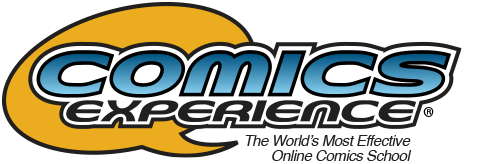
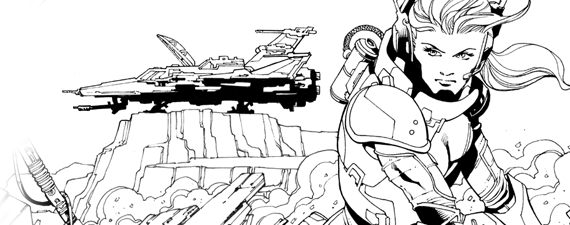
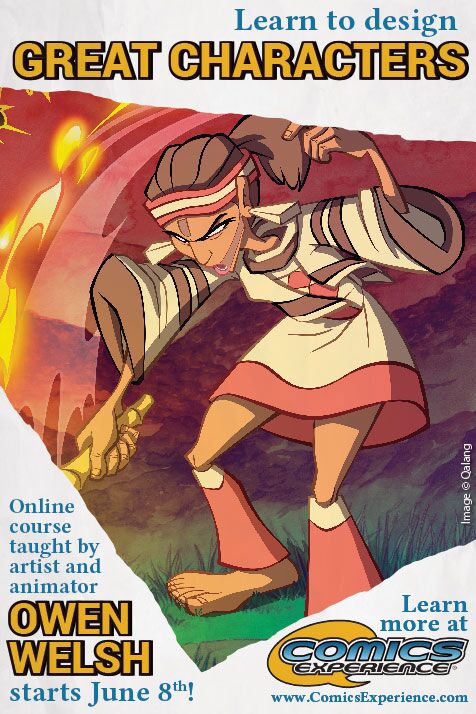
 July 24, 2019 will mark the debut of Dead End Kids — a limited comics series penned by Comics Experience alum
July 24, 2019 will mark the debut of Dead End Kids — a limited comics series penned by Comics Experience alum 
